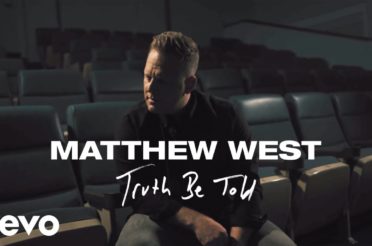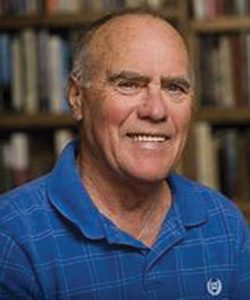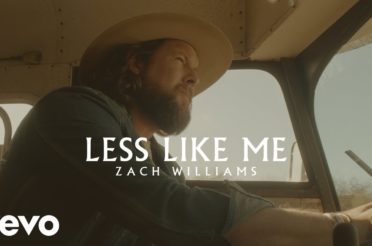By Roger Barbee
Yesterday my wife and I drove slowly through a line that snaked around the Bank of America Stadium in Charlotte, NC. We were there to receive our first vaccine for COVID.
As we moved slowly in the line of cars, I was able to examine the imposing stadium dominating our sight; the new buildings signifying economic growth; the re-furbished buildings that signified gentrification; the construction workers in jeans and muddy boots; cranes and lifts that dotted the skyline; the polite police who directed traffic (and answered questions of mis-guided drivers like me); many, many folks briskly moving to the walk-in clinic; and all the medical workers standing out in the cold giving out forms and shots and aid. It truly was an example of efficiency and the opportunities of affluence.
According to its website, our health-care provider decided to use the stadium area for a shot distribution site because it is accessible to public transportation. That was, I believe, a just decision because more of us need to be vaccinated in order to be effective against this common enemy. However, in the time we spent moving along in the line, I noticed few people of color either in vehicles or walking to the walk-in clinic. But that is just my observations.
However, I question the overall availability of the vaccine, even when offered at such a convenient site as the stadium. While I applaud the Atrium management and its planning of such a successful event, it seems we need to do more to vaccinate our more vulnerable citizens by taking the vaccine directly to the disenfranchised areas.
After we received our shot, we sat in three lines of cars, all occupants being required to wait fifteen minutes in case of any adverse reaction. Many health-care workers walked through the lines, ready to help in case of need. Signs were posted directing anyone who felt ill to honk his or her horn and put on the hazard button. Not only was care provided, but preventative care was also present and a comfort. What a good experience, still in the shadow of the stadium and the wealth and affluence it represents. Our wait-time over, we drove out, under the underpass, feeling fortunate.
Then we saw him when we stopped for the red light at Morehead Street while exiting the site. Waiting under the Mint Street Bridge, we saw him just outside our car window. He lay on his back, asleep it seemed even though it was high noon. Only his face was visible, but it was a face of hard days on the streets. His prone, invisible body, covered by filthy rags and blankets, rested on the cold concrete, suggesting his being accustomed to such a bed. Either he or someone else had placed a “Jesus Saves” sign near him. As we waited for the light to change, we looked at him, and then, unlike him and so many other disenfranchised citizens, we were given a green light to leave. Turning right, we headed to I-77 and home.






